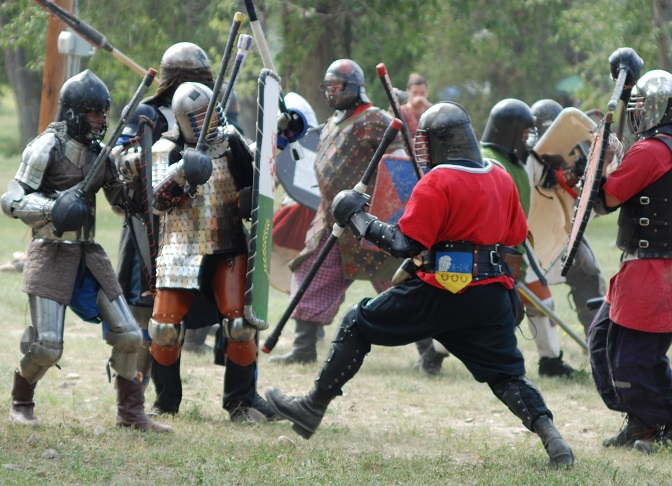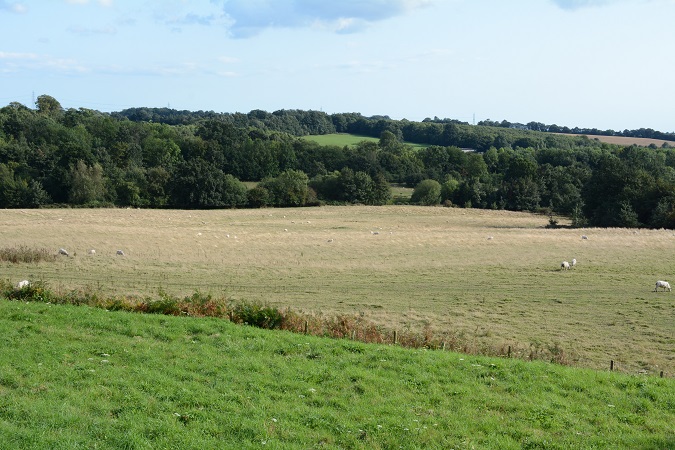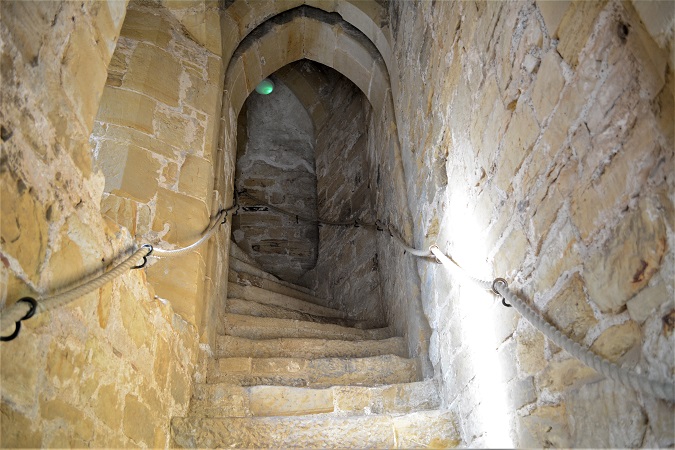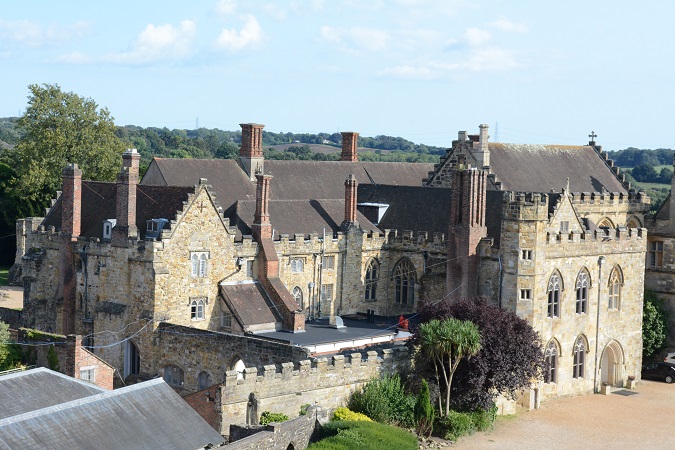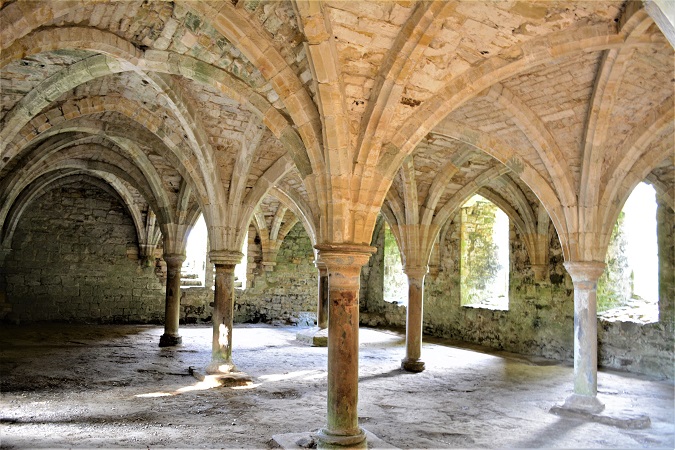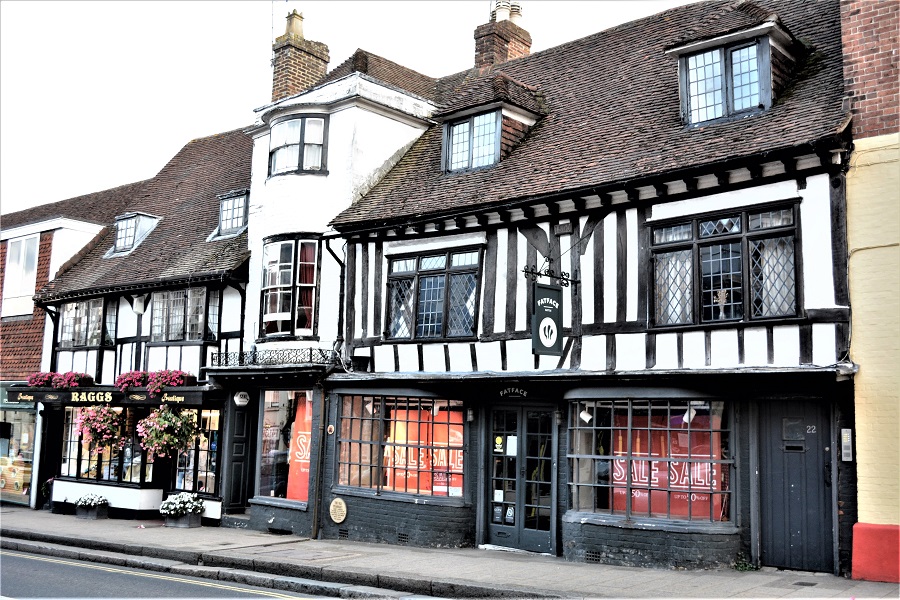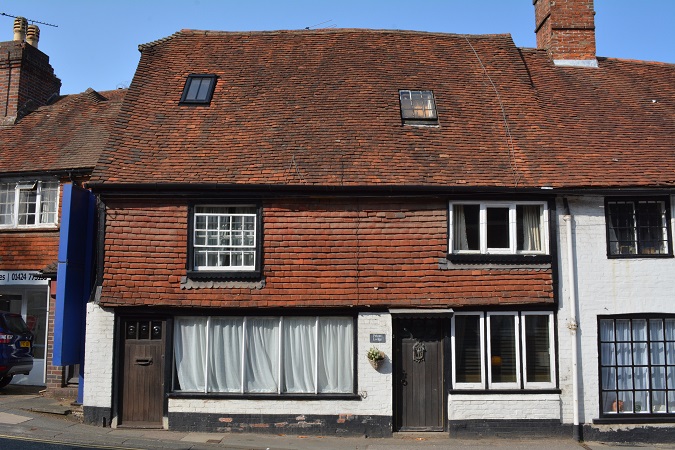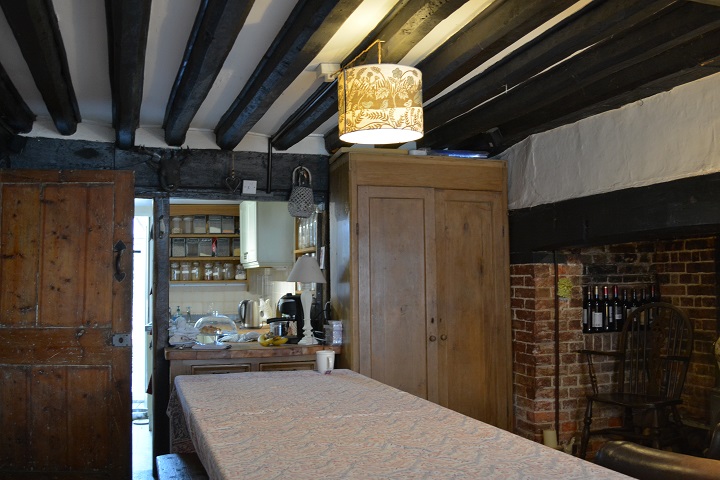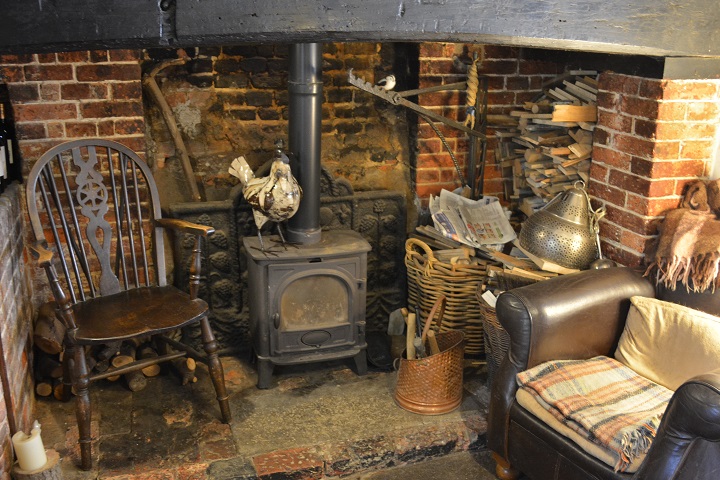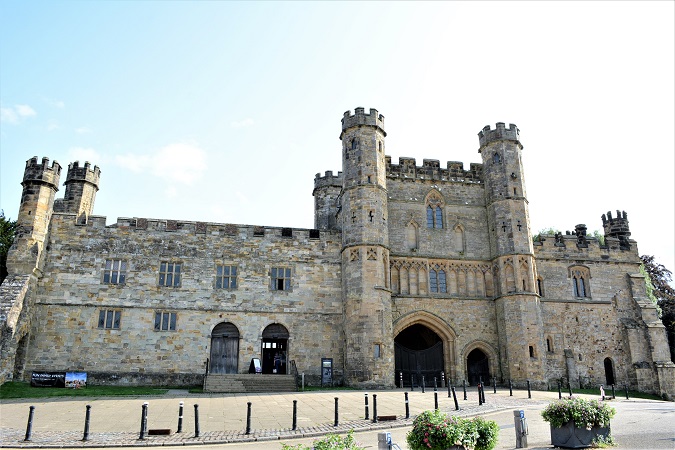
Visit Battle Abbey and see the history of England. Updated 29 Jan 2023.
Visitors to England will tour all the historic sites and attractions in London and probably take a bus trip to see Stonehenge. One of the most historic sites in England is one that most people have never heard of or don’t bother going to see. That is the wonderful Battle Abbey in the town of Battle, East Sussex, UK.
Background History
This is not a history website, but before going to see the abbey, you need some background history to make your visit meaningful. King Edward of England died in 1066 without an heir. Several relatives thought that they should be the next rightful king. Edward’s brother-in-law, Harold, was chosen by the Witenagemot, which was the Anglo-Saxon government at the time.
The other rivals for the throne did not agree with this decision. They included William of Normandy, Harold’s brother Tostig, and King Harold III of Norway. All three of these contenders mounted a military force to take the throne by conquest. Harold defeated Tostig and Harold III, leaving only William of Normandy as a rival.
The Battle of Hastings
William landed his invasion force on the south coast of England on 28 September 1066. They met with Harold’s army near the town of Hastings on 14 October 1066. I won’t recite the details of the battle. Suffice it to say that it was massive, with 10,000 soldiers in William’s army and 7,000 on Harold’s side. The battle lasted the whole day, and 6,000 men were slaughtered. In the end, William was victorious, and King Harold was killed in the battle. William was crowned King of England on Christmas day, 1066.
The battlefield today is a tranquil place with sheep grazing peacefully on it.

Battle Abbey
In 1070, the Pope ordered King William (henceforth known as William the Conqueror and William the First) to build a great abbey on the site of the battlefield to atone for the thousands of men that were killed there. William did so, and the abbey was completed by 1094, although there have been additions and many changes over the centuries.
Today parts of the abbey are in ruin, but much is still standing and well worth a visit. Shown above is the magnificent gatehouse. You can ascend the narrow winding stairway to the upper floors and the roof.
The cloister is still in good condition and is now a private school. This is where the monks “went to work” to access their library, teach the gospel and conduct religious studies.
This is the building where the monks lived, now in ruins. Standing here, you can imagine the rows of beds along either wall and the building being dimly lit when the roof was intact.
Below the quarters are the rooms where the monks went when they were not working. There was a room for cooking and eating, one for rest and conversation and one for study. Although the rooms are empty and the floor is now just dirt, you can see how lovely the building must have been by looking at the pillars and roof.
Reformation
In the 1500s, Henry VIII changed England from being a Catholic country to a Protestant one. As a result, Battle Abbey was dissolved in 1538. The monks were given a pension and went elsewhere. Henry VIII gave the abbey to his friend Sir Anthony Browne for his private estate. The abbey was sold a couple of times to other families, and finally, in 1976, it was sold to the British government. Canadian soldiers were stationed in the abbey during the Second World War.
In addition to the buildings in the photos above, there was a magnificent church. This building was intentionally destroyed by the new owner after the abbey was dissolved.
Battle Town
The nearest town in 1066 was Hastings, about ten kilometres away. After the building of the abbey, the town of Battle grew up around it, mostly to supply the abbey. But people supplying things to the abbey needed to purchase other things for their own use. So the town grew and prospered. The abbey was dissolved in 1538, but the town continued to prosper on its own. Today it is a lovely little town to visit in its own right. Most things are within walking distance along the main street. There is a nice little museum. There are also displays about Battle Abbey in the gatehouse.
The Prior’s Lodge
The Prior (head monk), John Salesherst, went to live in a house in the town after the abbey was dissolved in 1538. I stayed in this house during my visit to Battle. It is a fabulous, historic building. You can stay there too. The current owner rents rooms on Airbnb. She is a wonderful hostess, and a great breakfast is included. I highly recommend it.
By all means, visit London and its great museums and historic sites and take a bus trip to Stonehenge. But I think that no visit to England would be complete without a stop in Battle. I recommend two nights here. This gives you leisurely time to tour the abbey and the town. There are interpretive trails around the back of the abbey and another around the battlefield.
